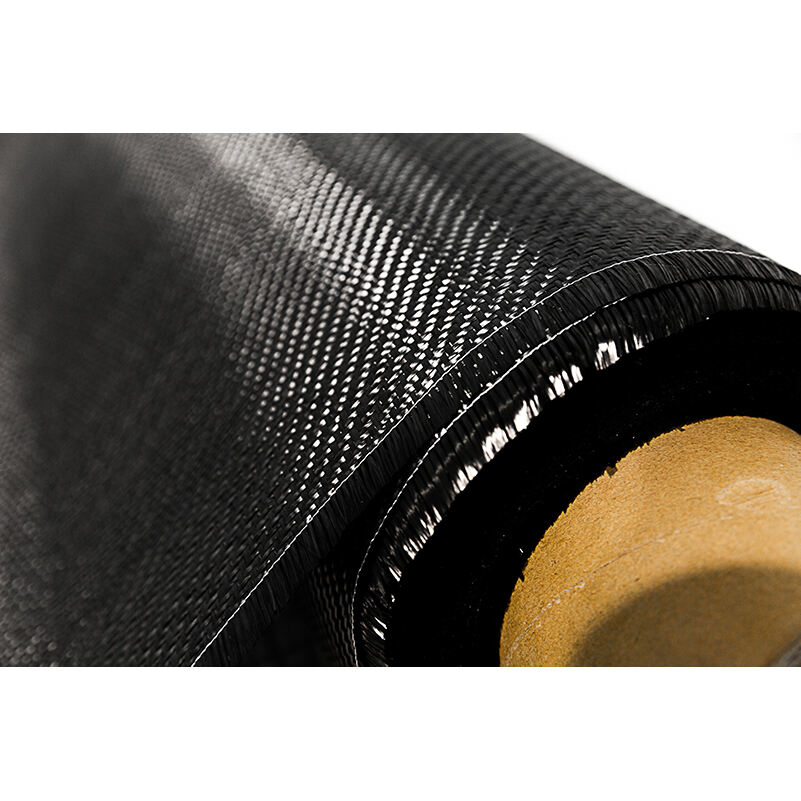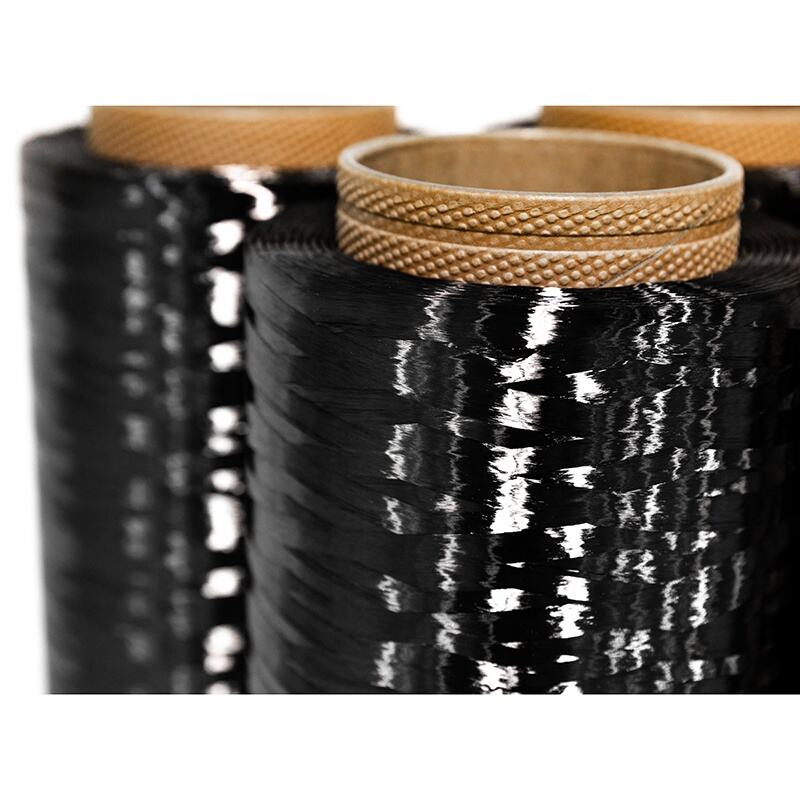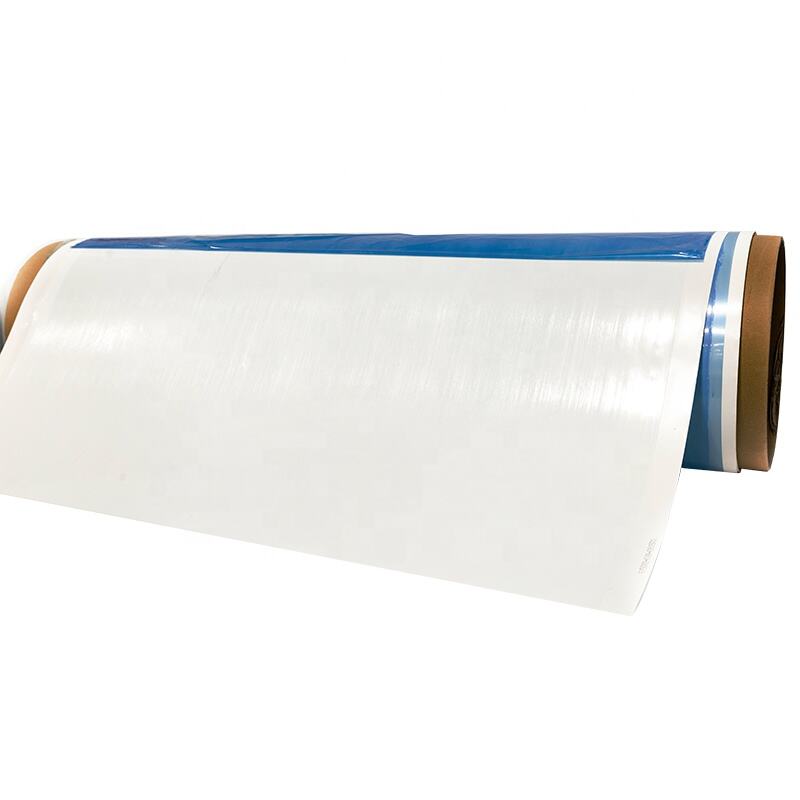pre preg fiberglass
Pre preg fiberglass represents a revolutionary advancement in composite materials technology, combining glass fibers with partially cured resin systems. This sophisticated material consists of glass fiber reinforcements that are pre impregnated with a thermosetting resin matrix under controlled conditions. The resin content, fiber architecture, and degree of cure are precisely engineered to deliver optimal performance characteristics. During manufacturing, the material is stored at reduced temperatures to prevent premature curing, ensuring consistency and quality in the final product. When exposed to heat and pressure during processing, the resin fully cures, creating a high performance composite structure. Pre preg fiberglass offers exceptional mechanical properties, including superior strength to weight ratio, excellent dimensional stability, and remarkable resistance to environmental factors. These materials find extensive applications across various industries, from aerospace and automotive to wind energy and sporting goods manufacturing. The controlled resin content ensures consistent properties throughout the laminate, while the partially cured state allows for easier handling and precise layup operations. This technology enables manufacturers to achieve complex geometries and maintain tight tolerances while reducing manufacturing variability and waste.


